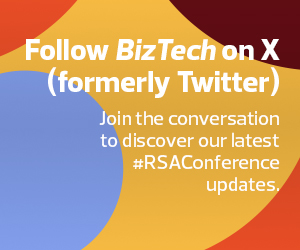Why Passwords Have to Be Replaced
It’s widely acknowledged that passwords are a huge obstacle to securing networks. Burkhardt noted that the average data breach cost was $4.45 million in 2023, according to the Cost of a Data Breach Report by IBM that year, and that about half of them involved credentials, per the Verizon 2023 Data Breach Investigation Report.
Consequently, when it comes to passwords, “we have all sorts of rules,” Burkhardt said. “It hasn’t been a great experience for users because we’ve just kind of propped up this password thing by adding complexity. You have to have numbers and special characters, they have to be a certain length and have to change every so often. And so we propped that up with password managers. I won’t call it a house of cards, but it’s certainly not user friendly, and it leads to a lot of risk.”
A passwordless environment, by contrast, enables three security advantages, he said:
- Phishing resistance. A person without a password can’t be phished because the purpose of a phishing scam is to learn the target’s password. “That’s probably reason enough” to do away with them, he said.
- Multilayered security. Eliminating a password may seem to remove the “something you know” factor in a typical two-factor authentication protocol, even if “something you have,” such as a cellphone, remains. But passwords can be replaced with something else users have, such as their face or a separate passkey device.
- Reduced risk from other attack vectors. Once a password has been compromised, it can be used to access any number of accounts where it’s being used. People should use different passwords for different accounts, but they don’t.
DISCOVER: Build an agile and integrated cyber resilience strategy for your organization.
Passwordless Authentication: How It Works
The case for ditching passwords has long been clear. But the reason they live on is that the technology to replace them, in the past, typically required a separate piece of hardware that a user would carry around; namely, a passkey. Most people don’t want to do that.
Biometric authentication has started to change that. For Accenture, the introduction of Windows Hello — a Microsoft authentication solution, built into Windows 10 and 11 operating systems, that uses face or fingerprint ID or a unique PIN to authenticate users — was a critical factor in enabling passwordless authentication.
“Passwordless is really about unlocking a secret key that lives on a device,” Burkhardt explained. “The secret that you know as a user — your PIN code, fingerprint or face — are never transmitted over the network, and that’s what is used to grant users a session token that gives them access to corporate accounts, and it’s just a great user experience. You open up your laptop, you’re logged in because it sees your face, and off you go.”














